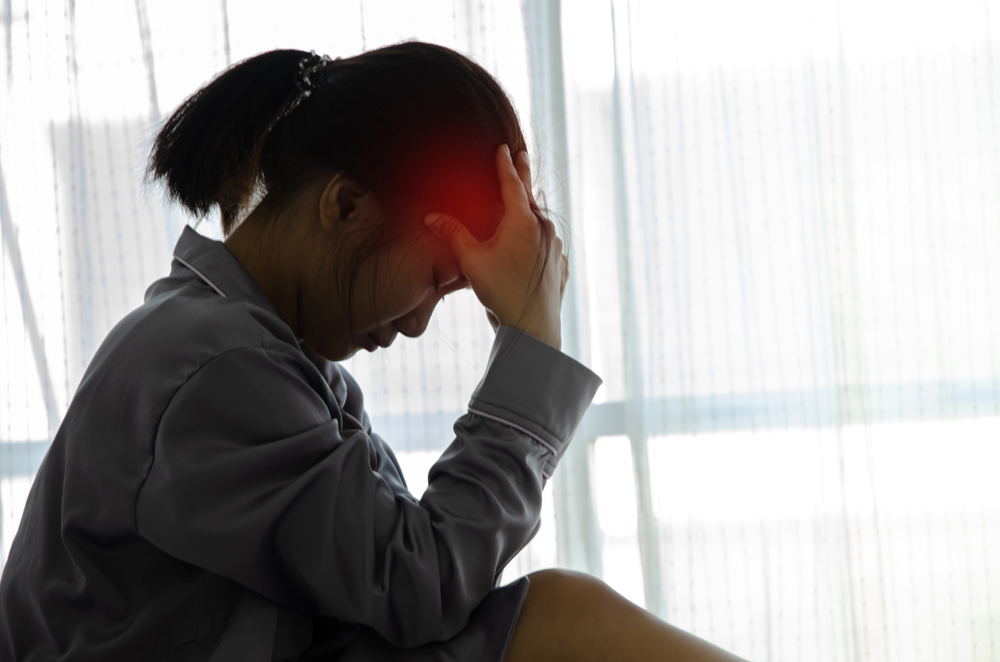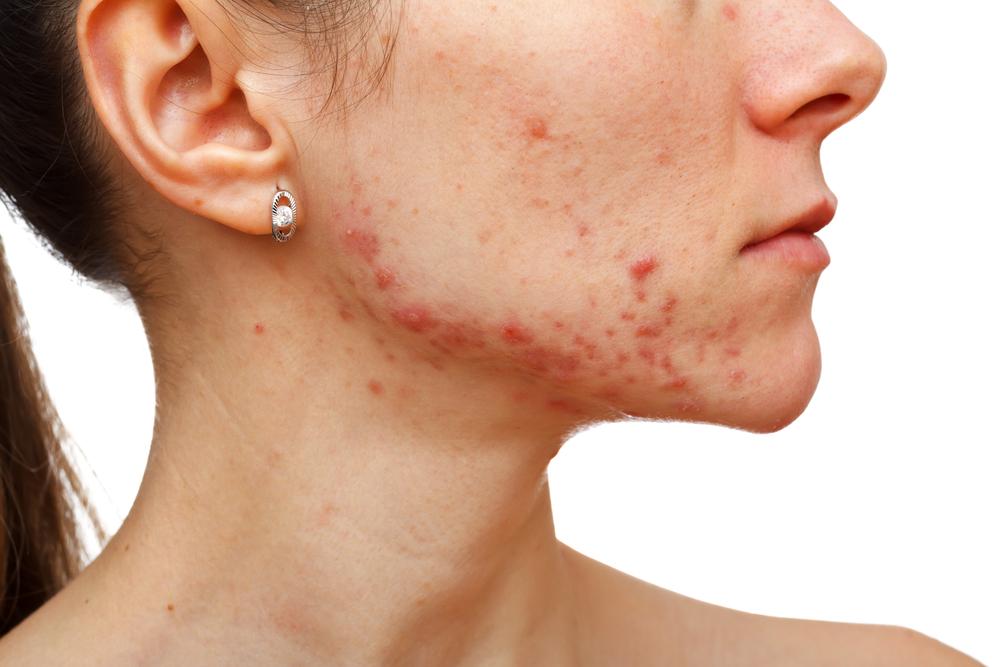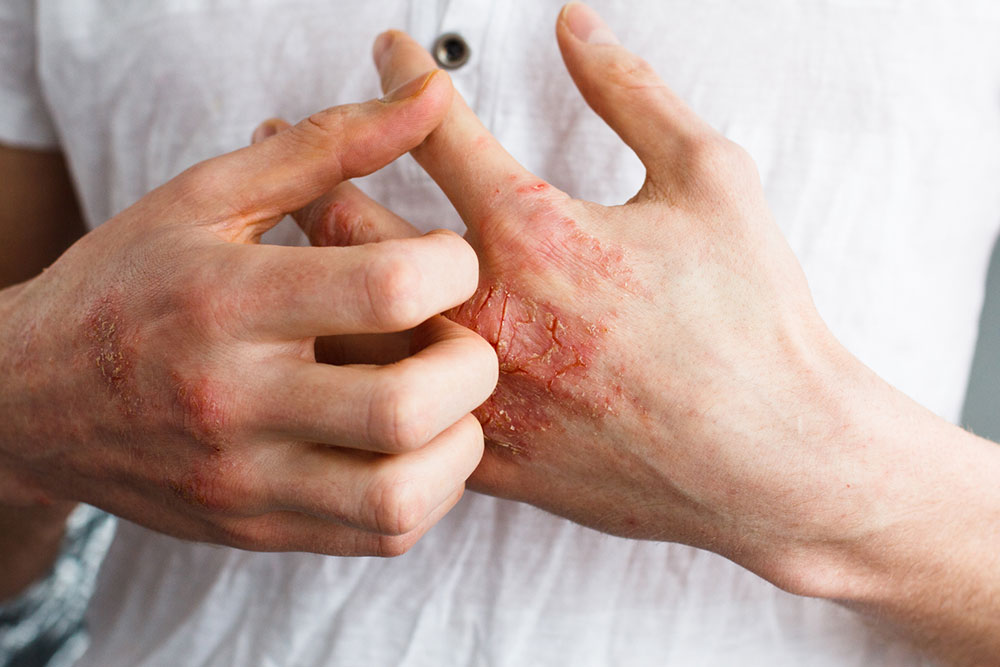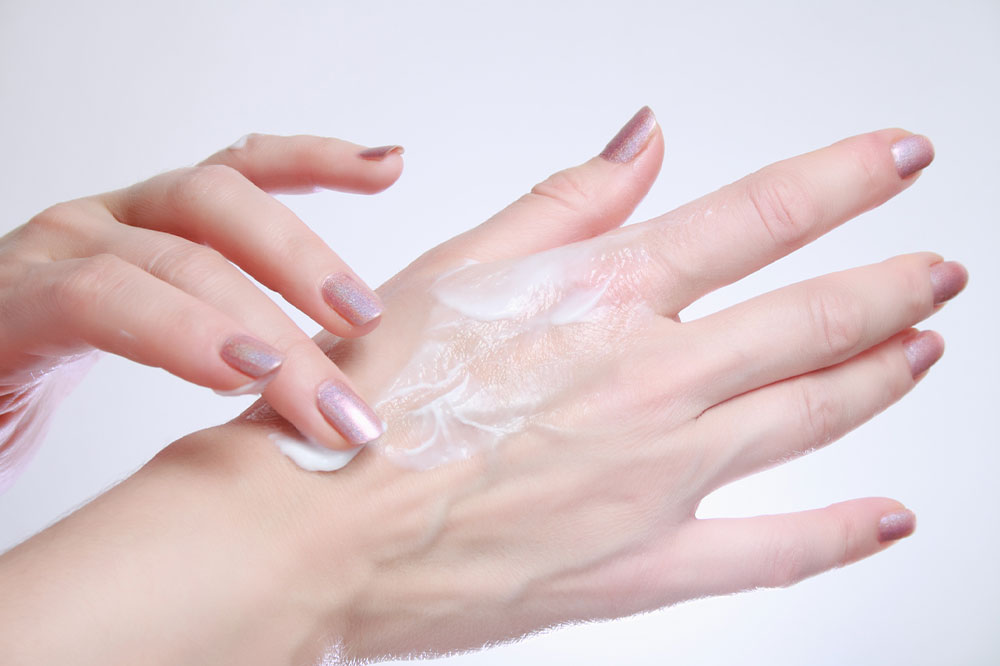Understanding Eczema: Types, Symptoms, and Effective Management
Eczema is a widespread skin condition causing itchiness, redness, and dryness. Various types like atopic, contact, dyshidrotic, and nummular eczema affect all age groups. Diagnosis relies on clinical examination, with management focusing on symptom relief through medications, skin care, and lifestyle adjustments. While there's no cure, proper management helps control flare-ups and improve quality of life. Understanding triggers and maintaining skin hydration are crucial. Consult healthcare professionals for personalized treatment options.

Understanding Eczema: Types, Symptoms, and Effective Management
Overview of Eczema: Types, Diagnosis, Symptoms, and Treatment Options
Eczema refers to a group of skin conditions characterized by chronic inflammation, leading to redness, itching, dryness, and irritation. The exact cause remains unknown, but both genetic factors and environmental triggers influence its development. Allergic reactions may also contribute. The term originates from the Greek "ekzein," meaning "to boil," reflecting the inflamed, bubbling nature of affected skin.
Eczema symptoms tend to fluctuate over time, similar to autoimmune disorders.
What is eczema?
A common skin condition marked by dryness, redness, and itching, with variations among individuals.
Mild cases involve dry, red, itchy skin, while severe cases may include bleeding, oozing, and crusting.
Primarily affecting children, eczema can occur at any age, with some experiencing flare-ups after childhood.
Approximately one-third of Americans are affected by eczema.
Its precise cause remains unknown, and no definitive cure exists at present.
Symptom relief is achieved through medications and lifestyle modifications.
Major types of eczema include:
Atopic eczema: A prevalent form linked to immune response issues, mainly affecting young children, causing dry, cracked, red, and itchy skin—often appearing before age one.
Contact eczema: Results from skin contact with irritants or allergens like perfumes, jewelry, or plants, leading to redness, itching, cracking, blistering, and swelling.
Dyshidrotic eczema: Characterized by fluid-filled blisters on palms and soles, possibly linked to seasonal allergies, with itchiness and discomfort.
Nummular eczema: Also called discoid eczema, it presents as coin-shaped patches that may be itchy or non-itchy, affecting all age groups and challenging to treat.
How is eczema diagnosed?
Diagnosis primarily relies on clinical history and skin examination.
Allergy testing may be conducted to identify potential triggers.
Other tests help exclude different skin diseases mimicking eczema.
Symptoms of severe eczema vary by age:
In infants under two, rashes typically appear on cheeks and scalp, with intense itching disrupting sleep.
Children aged two and above often develop rashes behind the knees, elbows, neck, and other flexural areas, which can thicken and become lichenified.
In adults, rashes may spread across multiple body parts, with persistent dryness and itching.
How is eczema managed?
While there is no cure, symptoms can be managed through medications, skin care, and lifestyle adjustments.
Doctors often prescribe corticosteroid creams for short-term use, and systemic steroids in severe cases.
Treatments for infections include appropriate antibacterials, antivirals, or antifungals.
Antihistamines can help control allergic reactions.
FDA-approved topical immunomodulators are available for children over two, used cautiously due to potential risks.
Home care involves lukewarm baths, gentle drying, and moisturizing immediately after bathing to lock in moisture.
Wearing loose, cotton clothing and avoiding known triggers are essential.
Maintaining a balanced diet and staying well-hydrated support overall skin health.










